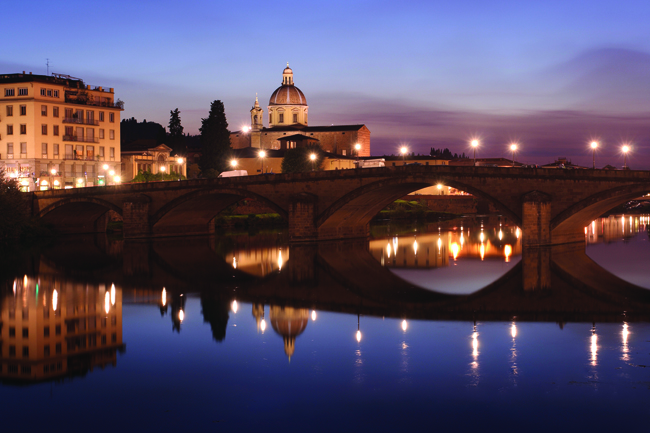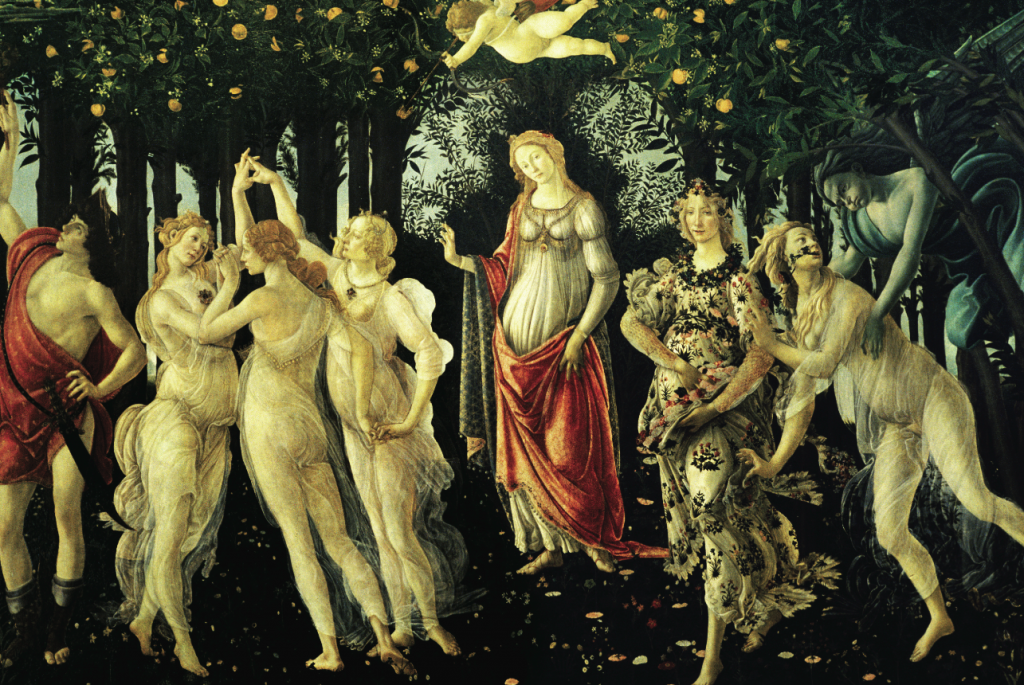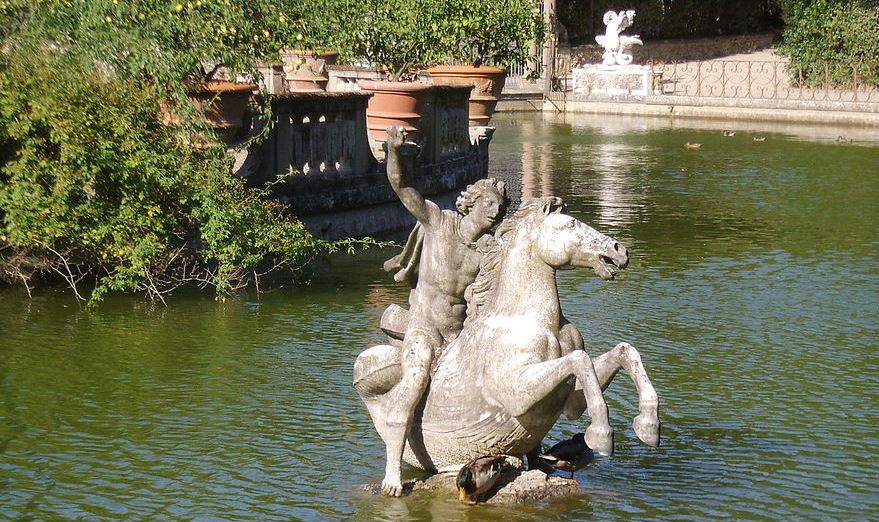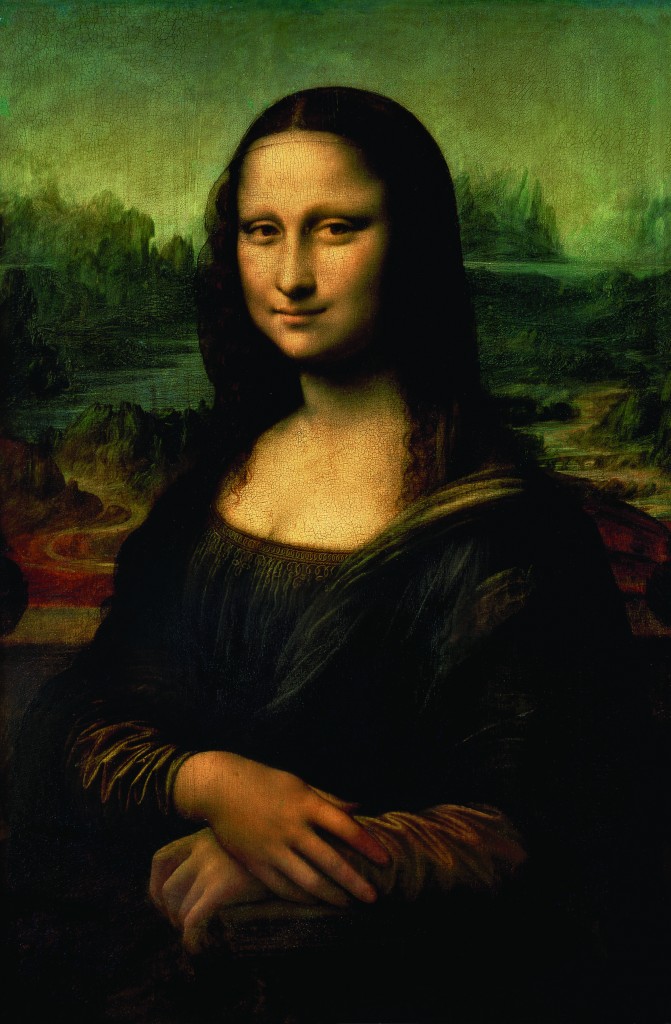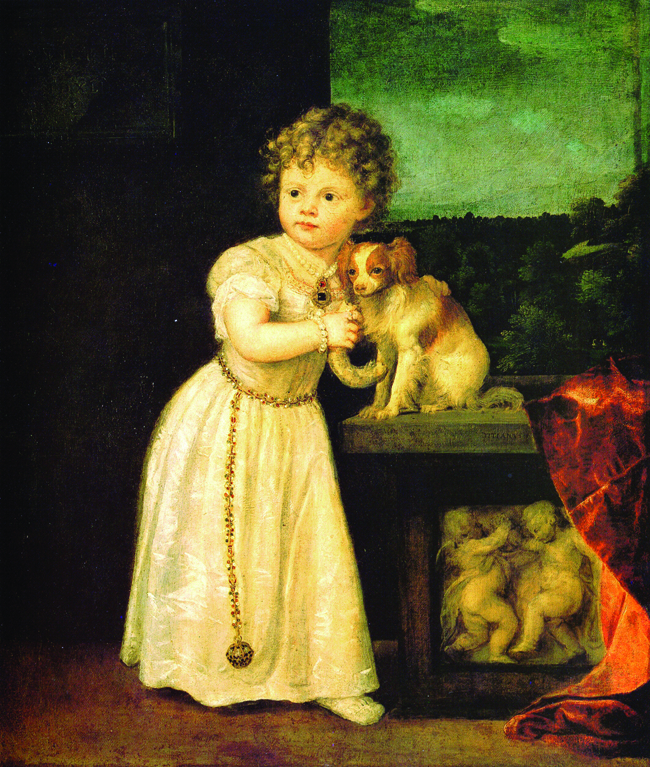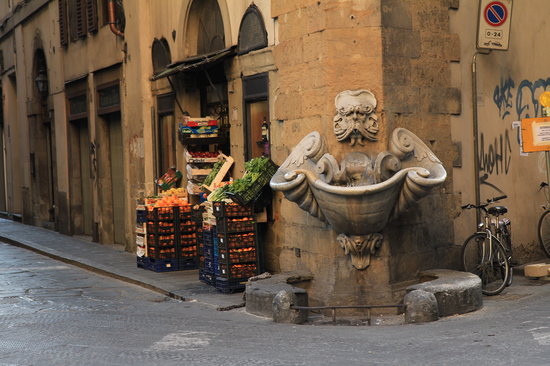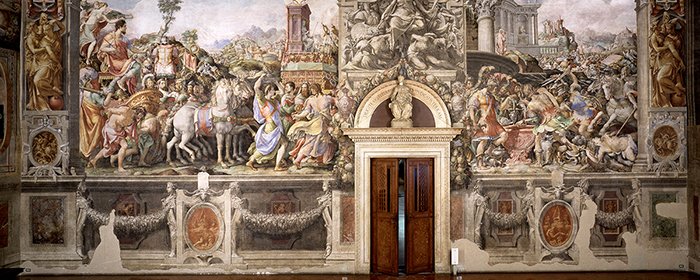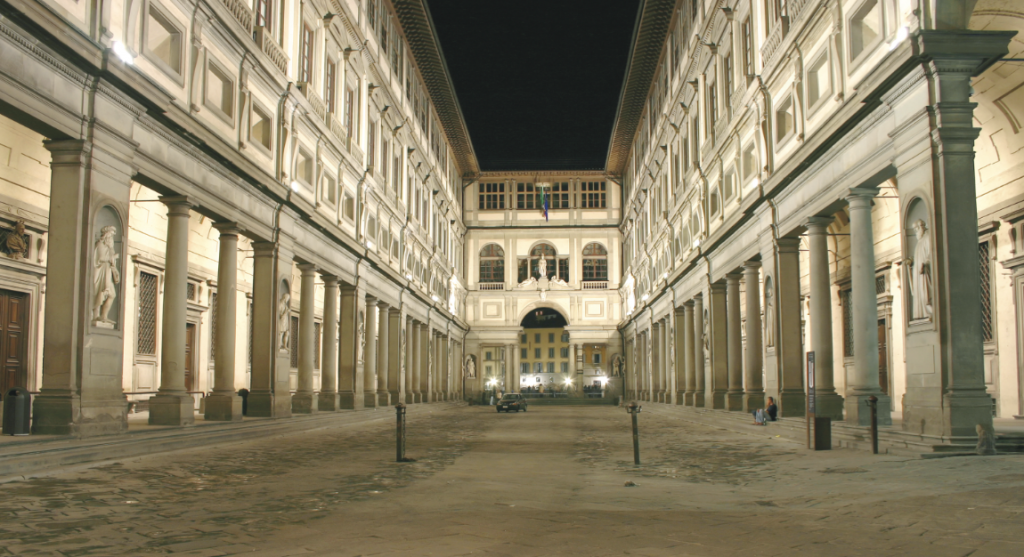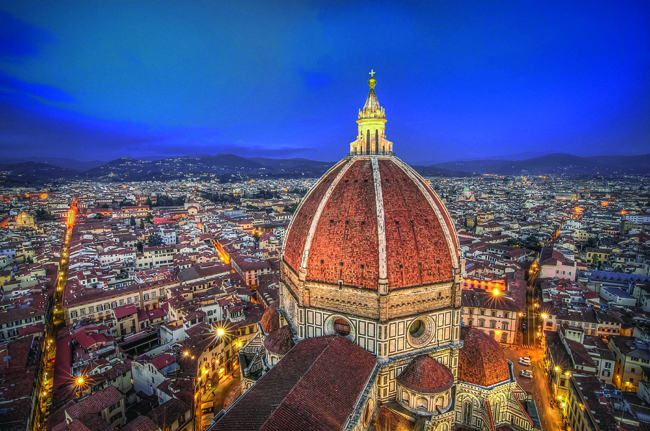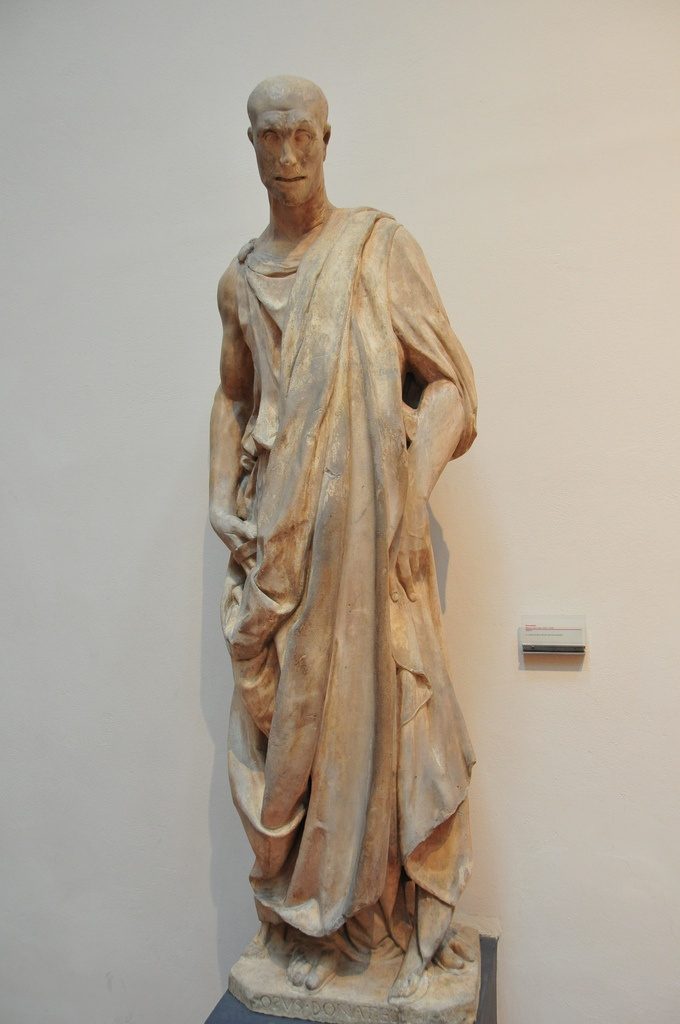This A-Z of Florence will help you on your way if you’re going for a short break or if you’ve been hundreds of times and didn’t know that Florence used to be the capital city of Italy!
A-Z
Arno
The river which snakes its way through central Florence is 241m
long and flows from Monte Falterona
all the way to the Ligurian Sea.
B
Botticelli
The prolific Florentine artist was born Alessandro Filipepi in 1445. His masterpieces include Primavera (left) and The Birth of Venus, which are both housed in the Uffizi.
C
Capital City
In 1865 Florence replaced Turin as the Italian capital, but just five years later the honour was given to Rome.

D
Dante Aligheri
The Florentine writer and
poet is best remembered for his
14th century literary masterpiece,
The Divine Comedy.
E
Erboristeria Inglese
The famous, luxurious herbalists, situated on Via Tornabuoni, was
founded in 1843 by the Englishman Henry Roberts.
F
Flooding
Prone to flooding, the River Arno did so with devastating effect on 4 November 1966, killing over 30 people and damaging countless works of art.
G
Galileo Galilei
The scientific genius, who was persecuted by the Catholic Church,
died under house arrest in Arcetri,
just outside Florence, in 1642.
H
Hannibal
The follow-up to The Silence
of the Lambs was filmed in Florence
and many of the city’s landmarks
appear in the movie.
I
Isolotto
The island and lake in Florence’s picturesque Boboli Gardens were designed in the 17th century by Giulio and Alfonso Parigi.
J
Julius Caesar
Considered the father of Florence, he founded the settlement of ‘Florentia’ for retired soldiers at the narrowest point of the Arno in 59BC.
K
Kyoto
Florence was twinned with this historic, temple-filled city and former capital of Japan in 1965. Other sister cities include Edinburgh and Sydney.
L
Leonardo da Vinci
The celebrated artist, engineer, scientist and all-round genius spent his youth in Florence as
an apprentice to Verrocchio.
Their joint work, The Baptism
of Christ, hangs in the Uffizi.
M
Medici
The dynasty – which produced three popes and two French queens – ruled Florence from 15th-18th centuries.
N
Nutria
Not giant rats, but vegetarian, semi-aquatic rodents. Also known as coypu, they were introduced to Italy in 1928 and can often be spotted swimming in the Arno.
O
Oltrarno
This characterful Florentine district is situated just south of the River Arno, on the opposite side
to the Duomo.
P
Plague
The Black Death devastated Florence in 1348, killing over half the city’s population. It was the inspiration behind Boccaccio’s The Decameron.
Q
Quartieri Monumentali
Housed in the Palazzo Vecchio in Florence’s centro storico, and filled with some incredible works of art, the Quartieri Monumentali were the main quarters of the Medici family.
R
Renaissance
This major 14th-century cultural movement which revised and revisited classical themes is closely associated with Florence and is considered by many to have started in the Tuscan region.
S
Stendhal Syndrome
Named after the pseudonym of French author Henri-Marie Beyle who visited the city in 1817, the syndrome causes palpitations and dizziness, and is brought on by excessive exposure to beautiful works of art.
T
Trippai
These stalls across the city sell dishes of tripe and lampredotto (made from the cow’s fourth stomach).
U
The famous art museum is packed full of priceless works of art, including treasures by Michelangelo, Titian, Caravaggio and Raphael.
V
Violet
Considered to be lucky in Florence, this colour is worn by the city’s football team, ACF Fiorentina.
W
World Heritage Site
In 1982, the historical centre of Florence was designated a World Heritage Site by UNESCO.
X
X-Rated
The infamous Bonfire of the Vanities, which took place in 1497 under the direction of the monk Savonarola, saw the city’s excesses burned in a giant bonfire.
Y
Yarn
During the 14th century the wool trade was a major economic force in the city employing thousands of people.
Z
Zuccone, Lo
Translated as ‘Marrowhead’, it’s the Florentine nickname for Donatello’s Habakkuk in the Museo dell’Opera.

